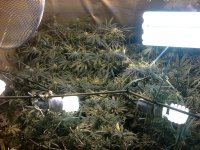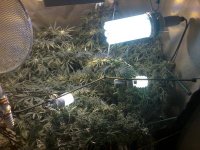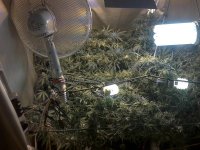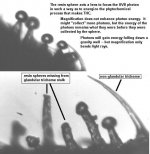Telegraphist.
Member
How do you rate the repti glo bulbs Indi? I have a photometer so will get busy tomorrow and take some reading with the repti glo's at various distances and post the results
I am using 3 just now to cover a thin band about aprox 1metre x 20 cm, with 1 250 watt CFL to add blue spectrum. I also use HPS or MH (last week or two)
Not had enough time/ experience with using the extra lights to tell any difference yet but will keep you all posted
Anybody used a blue filter over a MH light? Would the better PAR values be ruled out by the filter attenuating lumens?
Good luck with the experiments and please cover eyes and take precautions with UVB. You know the risks but anyone else experimenting please cover up all exposed flesh and never look directly at the light without eye protection. UVB DAMAGES DNA
I am using 3 just now to cover a thin band about aprox 1metre x 20 cm, with 1 250 watt CFL to add blue spectrum. I also use HPS or MH (last week or two)
Not had enough time/ experience with using the extra lights to tell any difference yet but will keep you all posted
Anybody used a blue filter over a MH light? Would the better PAR values be ruled out by the filter attenuating lumens?
Good luck with the experiments and please cover eyes and take precautions with UVB. You know the risks but anyone else experimenting please cover up all exposed flesh and never look directly at the light without eye protection. UVB DAMAGES DNA













